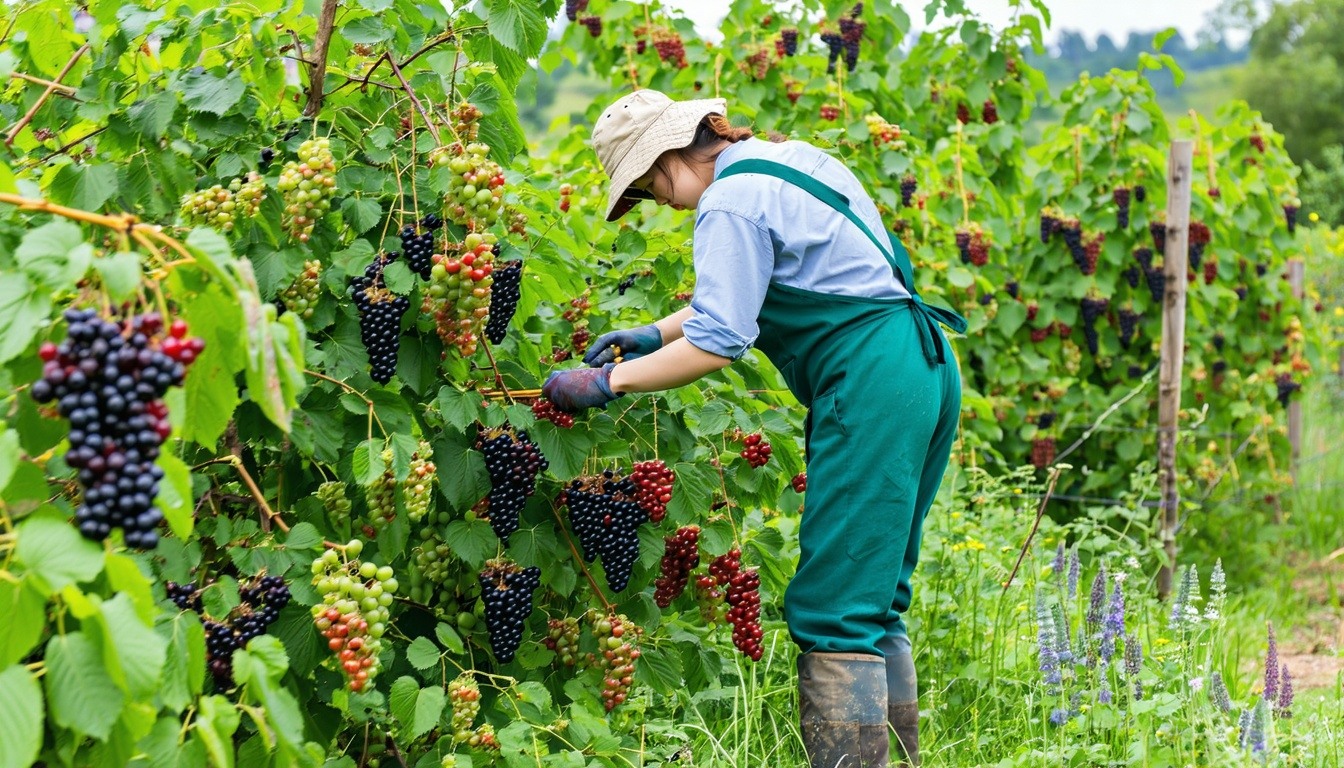
Discover the secrets to successfully purchasing and planting bare root hawthorn trees that will thrive in your garden.
Why Choose Bare Root Hawthorn Trees?
Bare root hawthorn trees are a wonderful choice for gardeners looking to establish a robust and attractive hedge or standalone tree. These trees are typically more affordable than potted trees and are easier to transport. Additionally, bare root trees often establish themselves more quickly in their new environment because they are planted during their dormant season, reducing transplant shock.
Another benefit of choosing bare root hawthorn is the broader selection available during the planting season. This allows you to pick the healthiest and most suitable specimens for your garden.
How to Select the Best Bare Root Hawthorn Trees for Sale
When choosing bare root hawthorn trees, it's important to pay attention to the size and measurements of the trees. Look for a healthy root system with multiple fibrous roots, as this indicates good health and vigor. The trunk should be straight and free from any damage or disease.
It's also advisable to select trees that are appropriate for your garden's climate and soil conditions. Check if the hawthorn variety you're considering can thrive in your region's specific environmental conditions.
Preparing Your Garden for Planting
Preparation is key to ensuring your bare root hawthorn trees thrive. Start by choosing a well-drained site with plenty of sunlight. Hawthorn trees prefer slightly acidic to neutral soil, so test your soil pH and amend it if necessary.
Clear the area of any weeds, rocks, or debris. Dig a hole wide and deep enough to accommodate the root system without bending or breaking the roots. Adding compost or well-rotted manure to the hole can provide additional nutrients for the young tree.
Height, Spread & Flowering Time of Hawthorn
Hawthorn trees can vary in height and spread depending on the species and growing conditions. Typically, they can reach heights of 15 to 30 feet with a similar spread. They are known for their beautiful clusters of white or pink flowers that bloom in late spring, usually in May.
The flowering period is followed by the production of small red berries, which are a favorite among birds and other wildlife.
5 Step Guide to Planting Bare Root Hawthorn Trees
1. **Soak the Roots**: Before planting, soak the roots in water for a few hours to rehydrate them.
2. **Dig the Hole**: Ensure the hole is wide and deep enough for the roots to spread out naturally.
3. **Planting Depth**: Place the tree in the hole at the same depth it was grown in the nursery, with the root collar at soil level.
4. **Backfill and Water**: Fill the hole with soil, firming it gently around the roots. Water the tree thoroughly after planting.
5. **Mulching**: Apply a layer of mulch around the base to retain moisture and suppress weeds.
Using Hawthorn for Hedging
Hawthorn is ideal for creating dense, wildlife-friendly hedges. When planting a hawthorn hedge, space the trees about 18 inches to 2 feet apart to allow them to grow together and form a solid barrier.
Regular pruning will help maintain the hedge's shape and encourage bushier growth, providing an effective windbreak and privacy screen.
Caring for Your Newly Planted Hawthorn Trees
Water your new hawthorn trees regularly during their first year to help them establish a strong root system. Mulching helps retain moisture and keep the roots cool during hot weather.
Prune your hawthorn trees in late winter or early spring to remove any dead or diseased wood and to shape the tree as desired. Fertilizing in early spring with a balanced fertilizer can also boost growth and flowering.
Hawthorns to Promote Wildlife
Hawthorn trees are fantastic for promoting wildlife in your garden. The flowers attract pollinators such as bees and butterflies, while the dense foliage provides nesting sites for birds.
In the fall, the berries serve as a food source for birds and small mammals, making hawthorn trees a valuable addition to any wildlife-friendly garden.
Common Pests & Diseases
Hawthorn trees can be susceptible to a few pests and diseases, including aphids, hawthorn leaf miners, and fire blight. Regular monitoring and early treatment with appropriate insecticides or fungicides can help manage these issues.
Ensuring good air circulation and avoiding overhead watering can reduce the risk of fungal diseases.
FAQ
When to plant bare root hedging in the US? The best time to plant is during the tree's dormant season, typically late fall to early spring.
Which way up do you plant bare root? Ensure the root collar is at soil level, with the roots spreading out naturally.
How do you plant bare root privet? Follow similar steps as for planting hawthorn, ensuring proper spacing and depth.
How to plant bare root box hedging? Plant them at the same depth as grown in the nursery, with adequate spacing.
What is the best time to plant bare root trees? Late fall to early spring, when the trees are dormant.
How long can I keep bare root hedging before planting? Ideally, plant them as soon as possible. If you need to store them, keep the roots moist and cool.
How fast does hawthorn hedge grow? Hawthorn can grow 1-2 feet per year under optimal conditions.
How do you make a hawthorn bushy? Regular pruning encourages bushier growth.
What are the disadvantages of hawthorn trees? They can be susceptible to some pests and diseases and have thorns that can be problematic.
Where is the best place to plant hawthorn? In a sunny, well-drained location with slightly acidic to neutral soil.
How far apart do you plant whitethorn hedges? About 18 inches to 2 feet apart.
How long should roots be before planting? Roots should be healthy and fibrous, with no specific length requirement.
When should I lay a new hedge? During the dormant season, late fall to early spring.
How long should the cuttings be minimum before you transplant them into soil? Cuttings should be at least 6-8 inches long.
Is it better to plant bare root? Yes, especially for hedging, as they establish quickly and are cost-effective.
What months do tree roots grow the most? In early spring and fall.
How do you make Hawthorn plant roots grow faster? Provide adequate water, mulch, and nutrients.
Should you break up the roots when planting? No, spread them out naturally without breaking.
Can you lay a hawthorn hedge? Yes, it's ideal for creating dense, wildlife-friendly hedges.
What month is best to plant hedges? Late fall to early spring.
Why is my new hedge dying? Could be due to improper planting, watering issues, or pest/disease problems.



